The Ed's Up - Birding for Long-Haulers

The Spoonbill Club: An Experiment in Birding for Long-Haulers
My favorite birding moments often involve stillness. I stand in front of a single tree, watching a conveyor belt of warblers passing by. I sit at a shoreline, scanning through large groups of foraging shorebirds. I lean against my car at night, listening for owls in the darkness. At those times, with my body rooted and my senses fully engaged, I feel a peculiar blend of serenity and adrenaline, of presentism and disconnection. And during one such moment, I thought: This would be perfect for people with long COVID.
Long COVID can affect people for months or years after their initial infection, and involves a multitude of symptoms include extreme fatigue and cognitive impairment. The condition is not only debilitating but also isolating. Severely affected long-haulers might be bedbound or housebound. Even people with more moderate cases might have to choose between working and parenting or socializing, or might need long periods of rest after simple daily activities—heavy costs that those around them don’t see. Many long-haulers have postexertional malaise (PEM) — a state in which existing symptoms worsen after even minor physical or mental exertion. Long COVID, like ME/CFS and other sister illnesses, limits one’s energy, and so contracts one’s world, one’s options, one’s sources of joy.
I started wondering if I could share the hobby that has become so restorative to me with the community that has become so important to me. Birding could expand the world that long COVID has contracted. It could offer long-haulers the therapeutic benefits of being outdoors and immersing in nature. It could salve some of the solitude that chronic illness brings, offering social time in an outdoor setting with low risk of respiratory infection. It can be done with relatively low physical or cognitive demands, minimizing the chances of triggering a PEM crash. I ran this idea by a few long-hauler friends, and got some advice from Molly Adams, founder of the Feminist Bird Club, co-author of Birding for a Better World, and a long-hauler who has written about birding with long COVID. Following their enthusiastic responses, I started organizing birding trips for long-haulers in the Bay Area.
Two incredible guides—Marissa Ortega-Welch and Skylar W of the Feminist Bird Club’s SF Bay Area chapter—agreed to lead the trips with me. We’ve done two so far—one at Heron’s Head in San Francisco in February, and another at Lake Temescal in Oakland last Saturday. We treated these as pilots that allowed us to work out all the accessibility logistics, and I sent out surveys beforehand to determine how long people could spend out, whether they had mobility needs, and other issues we needed to consider.
For example, I normally go birding in the early morning when birds are most active but that’s impossible for many of our long-haulers. Half the group told me they were only functional in the morning, and half said they could only do the afternoon, so we ran both trips from 11am to 1pm as a compromise. We chose locations with short, flat, wheelchair-accessible trails, places to sit, and quick access to interesting birds; shorelines and lakes are especially useful because you can see a lot with little movement. I brought folding chairs for anyone who needed them.
I'm still learning what works and what doesn’t. On both outings, we walked for about a mile over two hours, with most of the time spent standing in place or sitting. That was doable for everyone on the first trip, but pushed against a few people’s limits on the second one. Ideally, I don’t want to push at all: The goal is to protect people’s health and show them cool birds, and always in that order.
Having three guides means we can split up in case some participants needed longer rests, but in general, I'd prefer to plan everything so that the group sticks together. Because I also want these trips to give long-haulers a safe space in which to find community with others who know what they're going through, and won't dismiss their experiences as much of society does. Some of the participants knew of each other but had never met; others said they rarely had to chance to socialize with folks who just got it. That high baseline of shared experience imbued many of the conversations I heard with a wonderful warmth and depth.
For that reason, I want these trips to be specifically for those with long COVID, ME/CFS, and other energy-limiting chronic illnesses like (but not limited to) dysautonomia, fibromyalgia, and EDS. And as a nod to both birding and spoon theory, a popular framework used by people with such illnesses, I’ve started calling this initiative The Spoonbill Club. (We will, sadly, not see actual spoonbills in the Bay Area unless something really weird happens.)
I’ve kept The Spoonbill Club small and private so far—6 participants on the first trip; 10 on the second—so I could check if we could pull it off. I’m a little nervous about expanding. Catering for everyone’s needs becomes linearly more challenging as group size increases. We’ve got 7 spare pairs of binoculars between us (with thanks to some friends and the Golden Gate Bird Alliance), but I need to find other sources if we get bigger. Do we split up into separate East and West Bay groups to minimize people’s travel time? Is there any way of catering for the most severely ill housebound or bedbound long-haulers? I don’t know yet.
But I wanted to talk about this publicly because I’m convinced the initiative has value, because I want to open it up to others in the Bay Area—email me at edyong210 [at] gmail [dot] com if you’d like to take part—and perhaps to seed the idea among folks in other parts of the world. Anyone can do this: I think the key element is just bending the birding to people’s energy demands, and not the other way around.
[For continuing coverage of Long COVID, I highly recommend The Sick Times, a new digital publication by Betsy Ladyzhets and Miles Griffis.)
Bird Photography
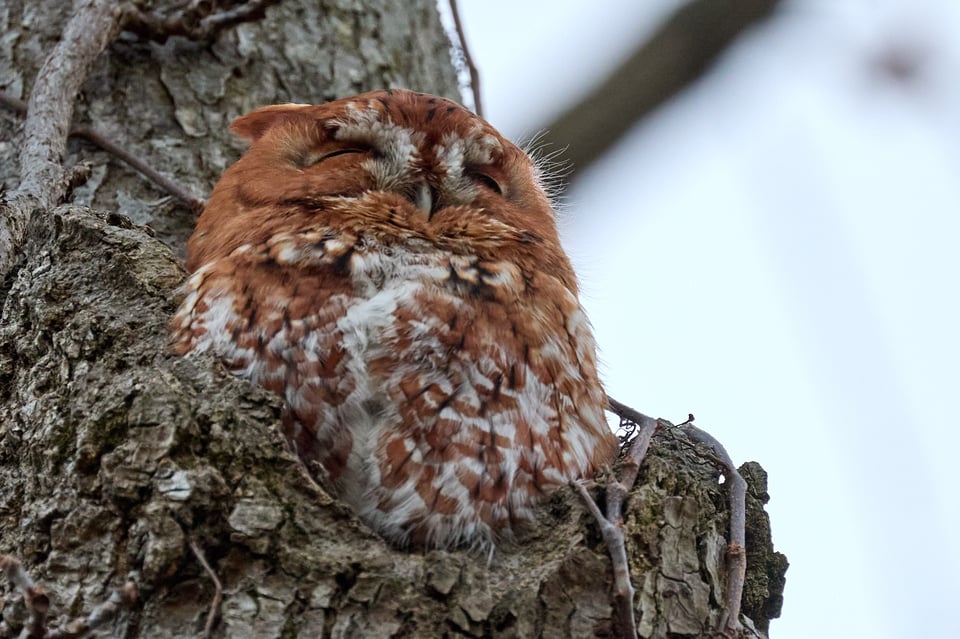
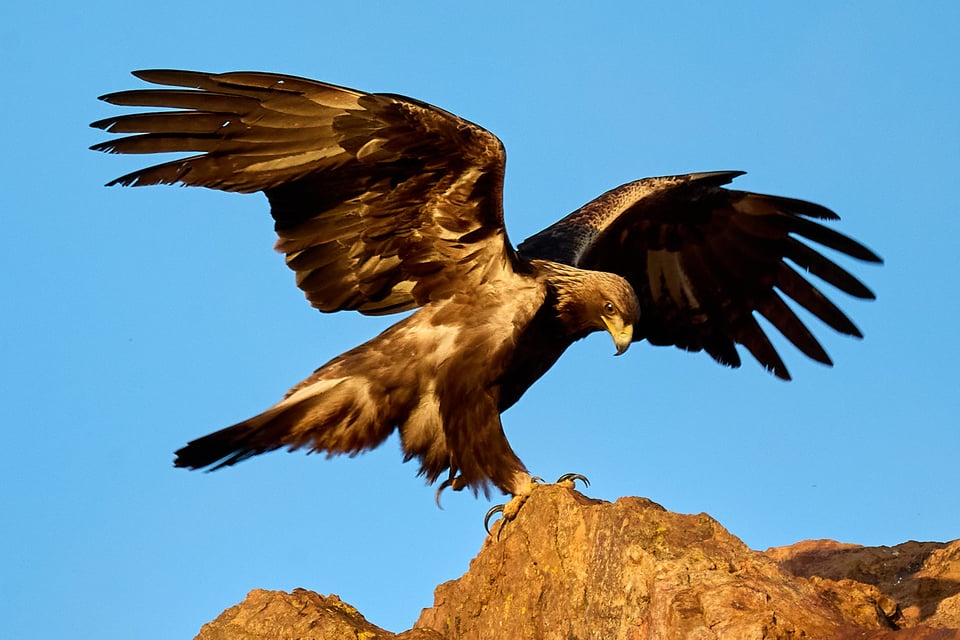
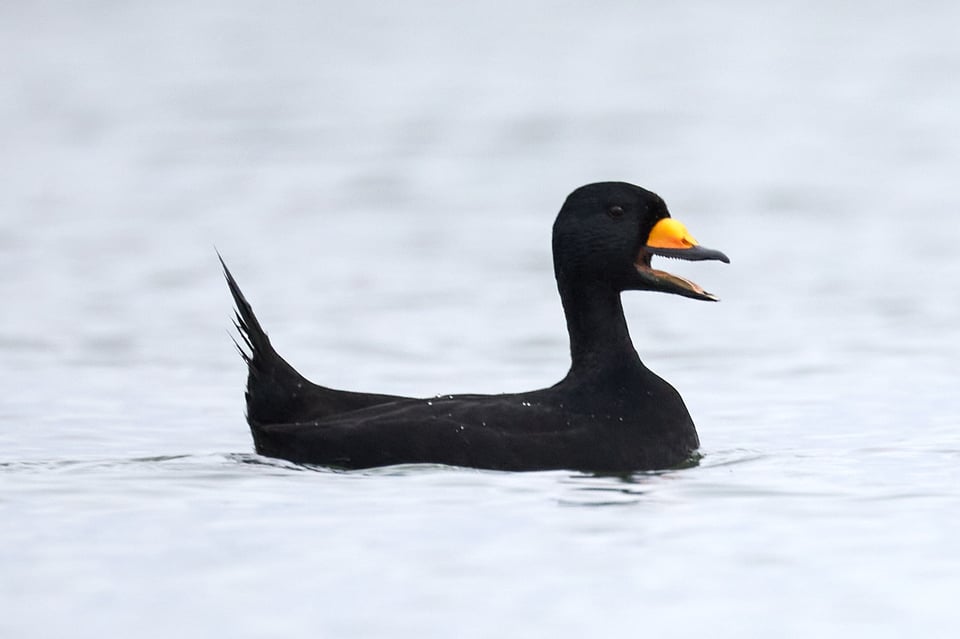


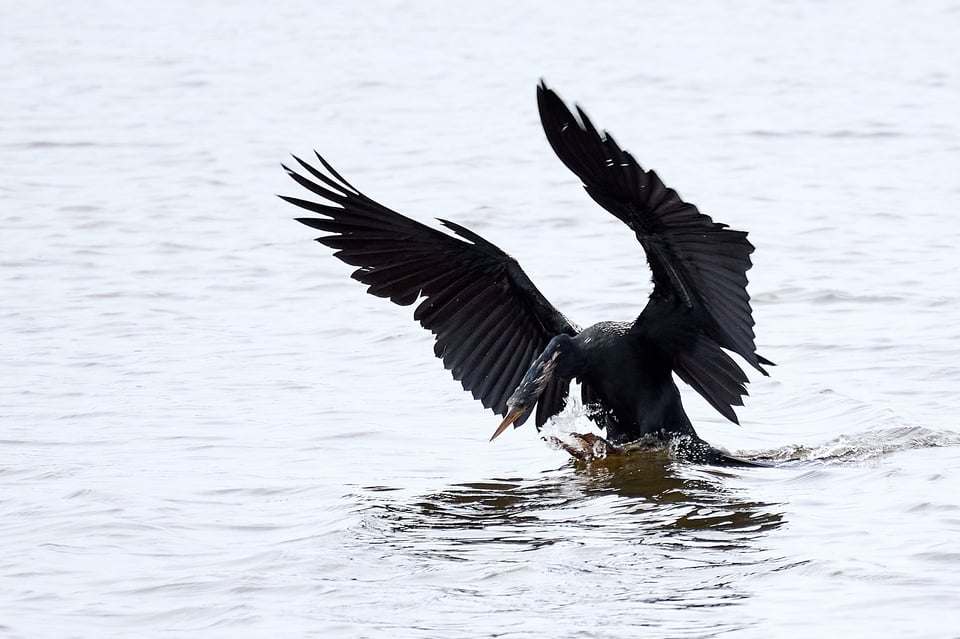
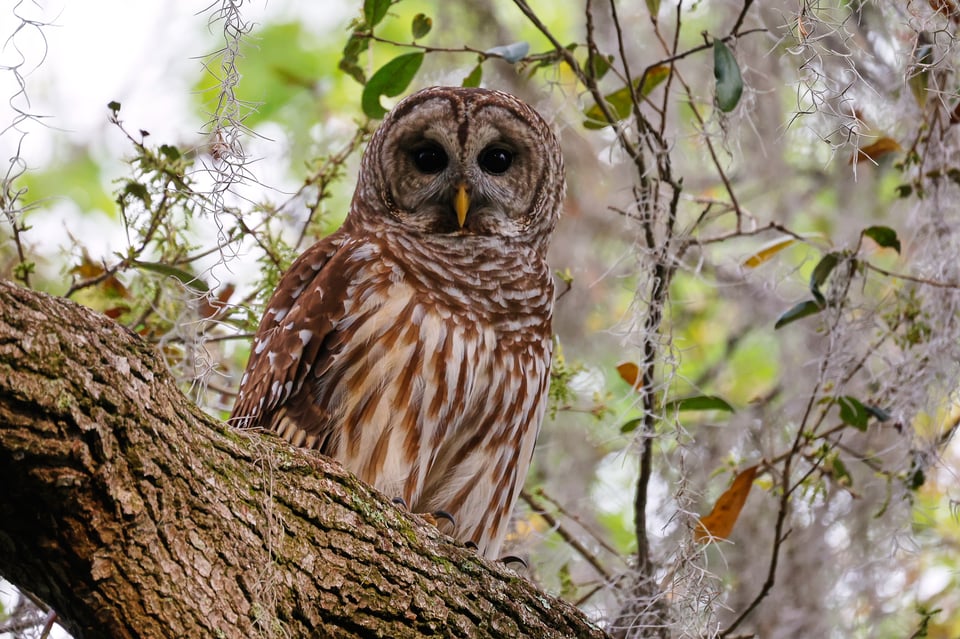
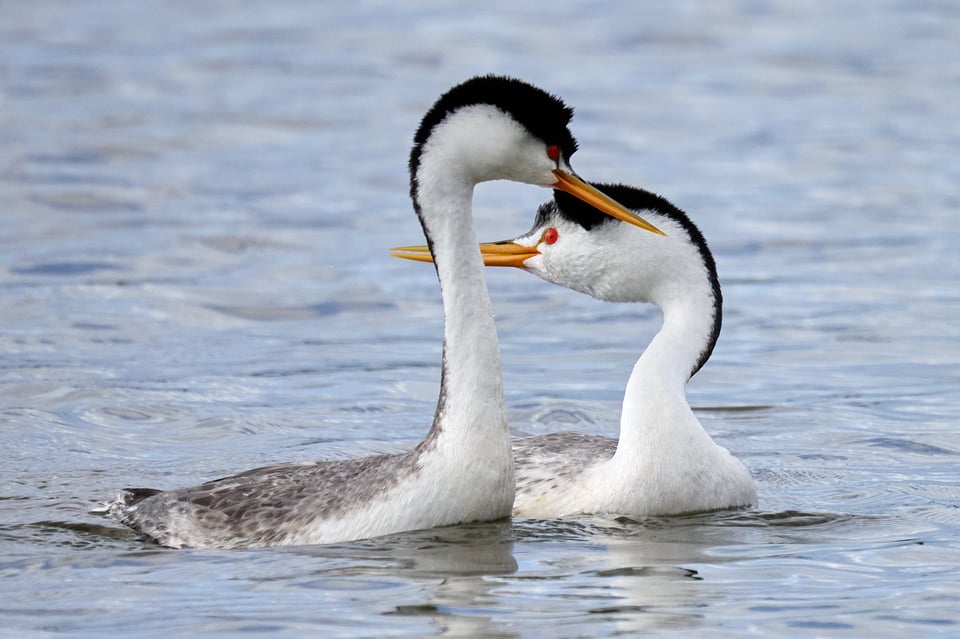
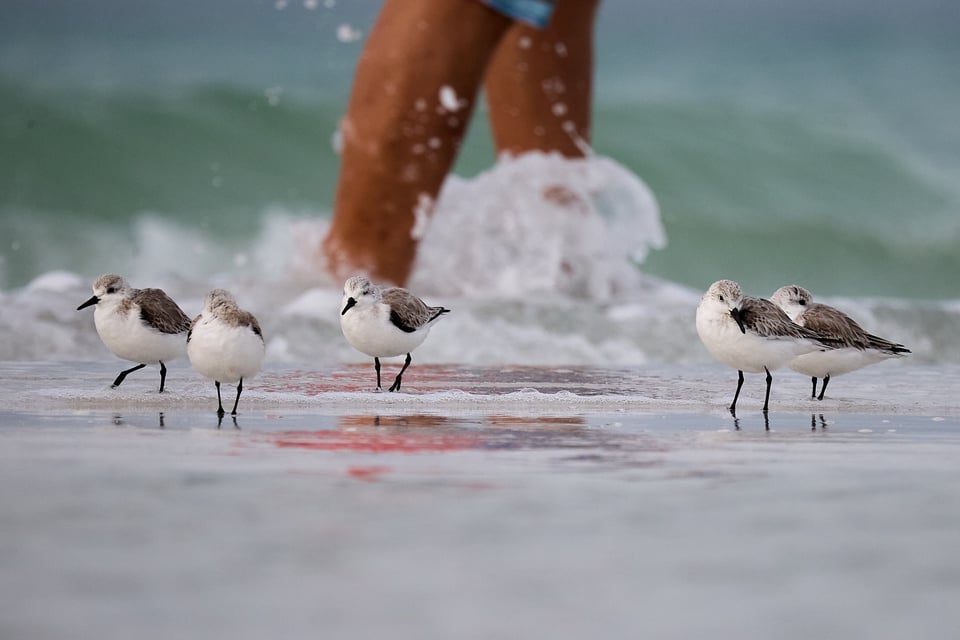
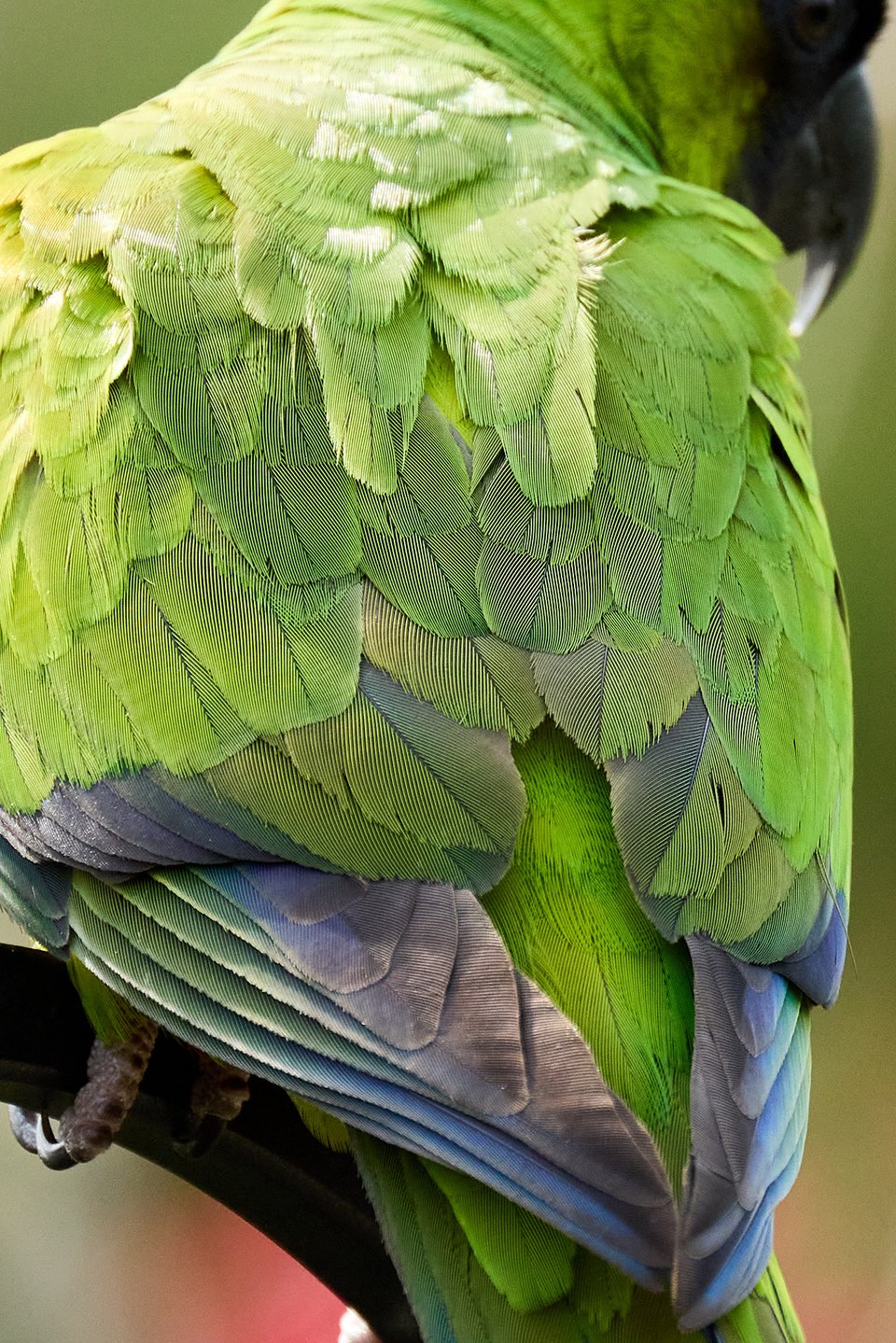
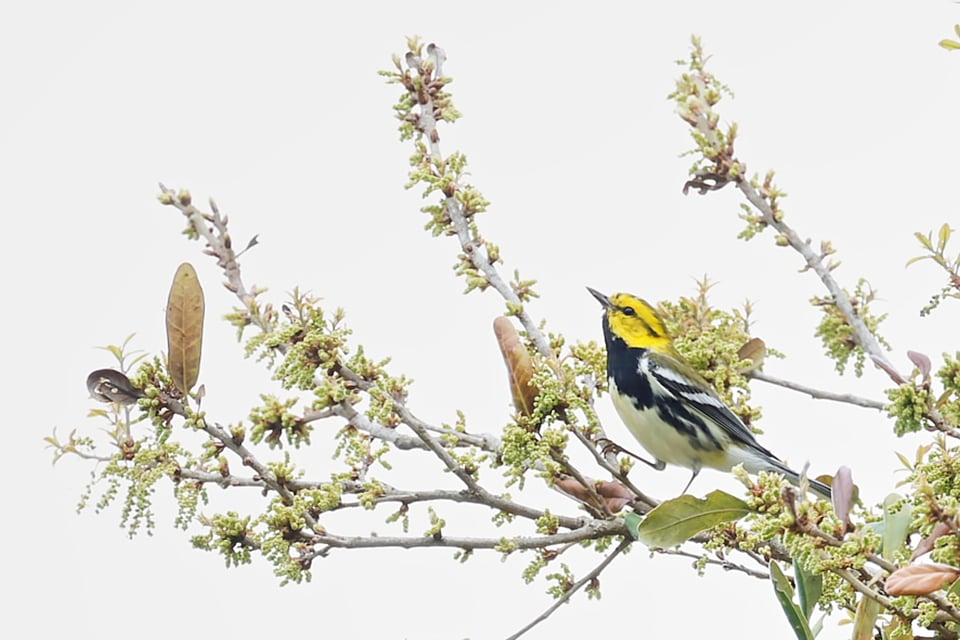

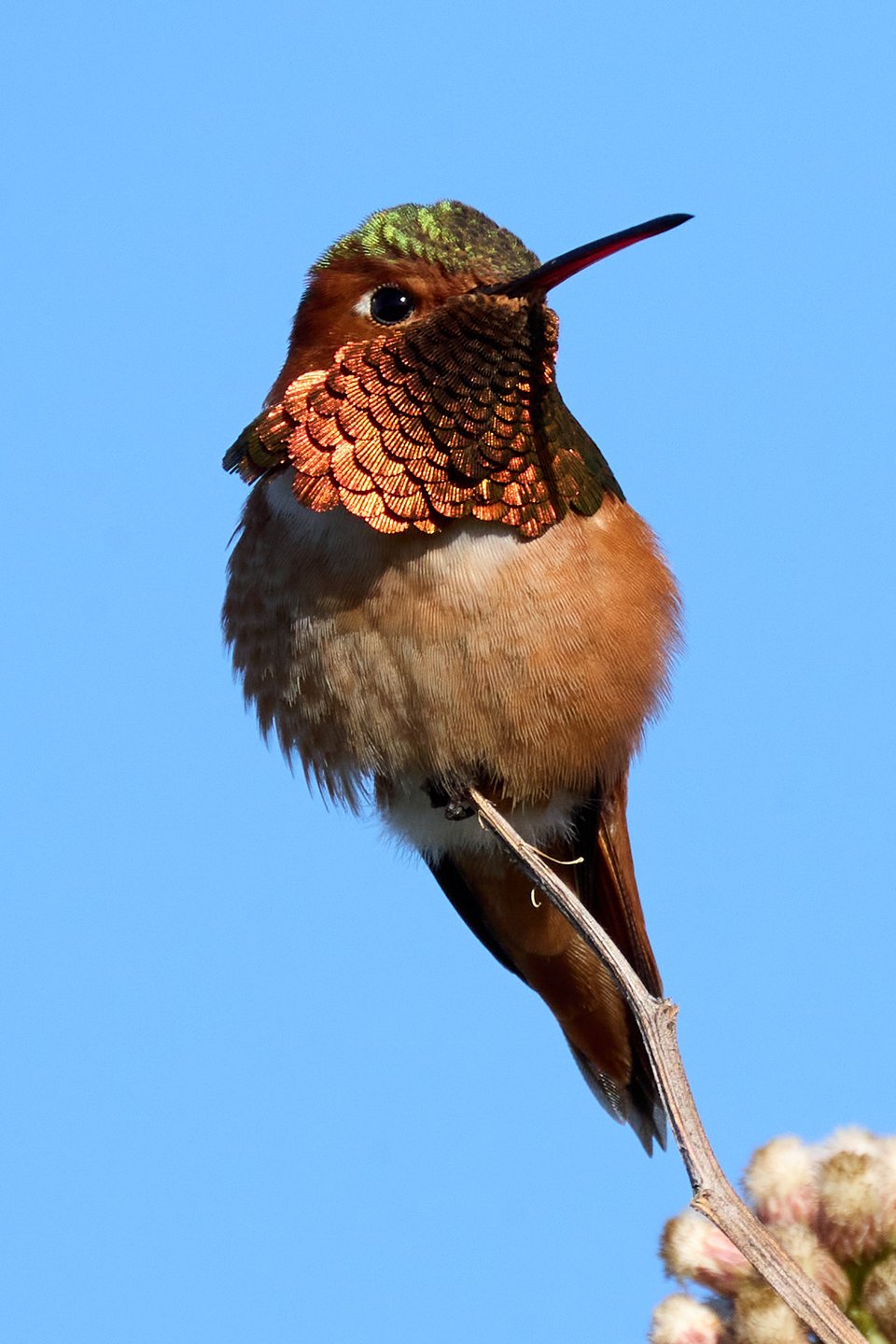

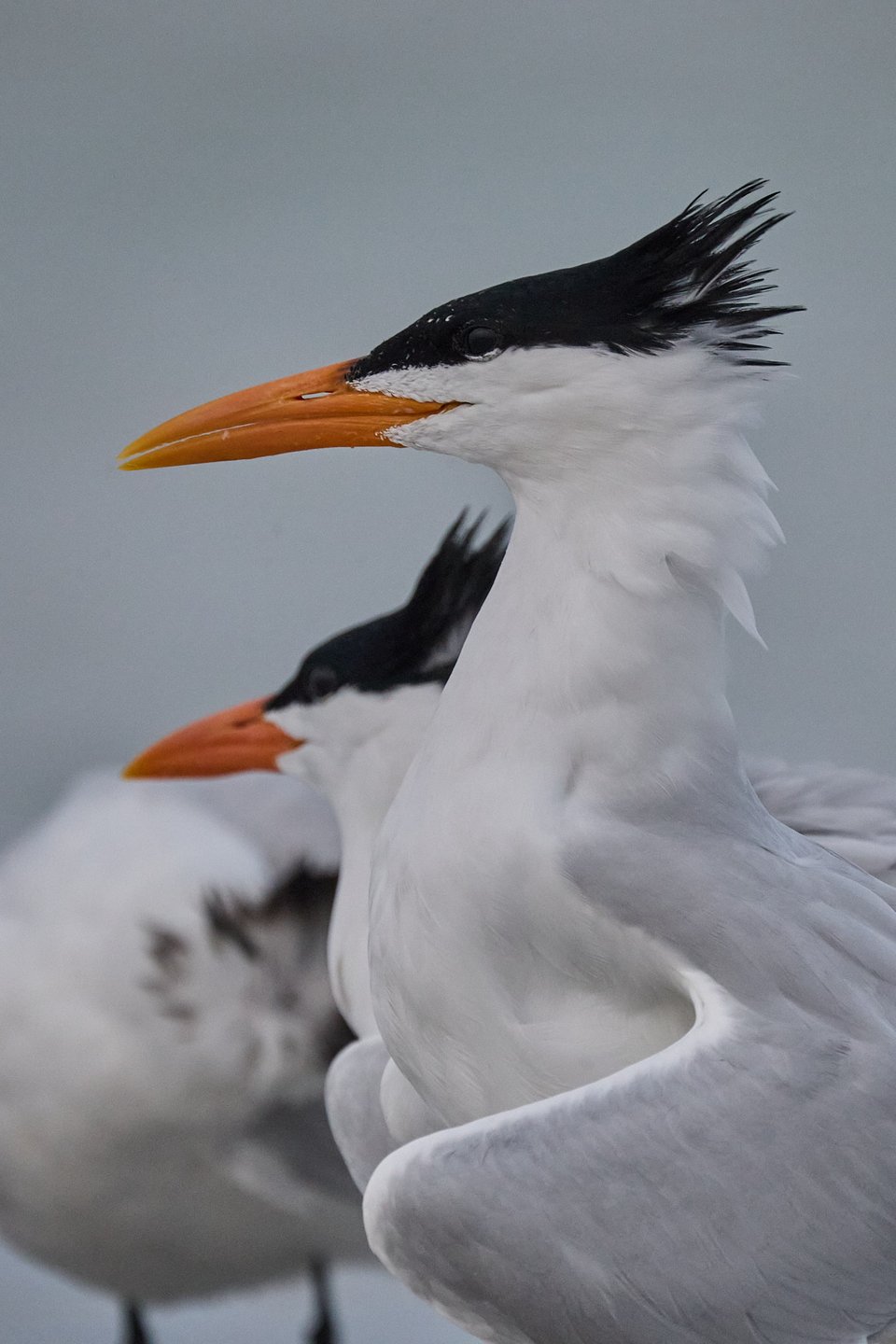
Gaza links
As usual, I’m collating a set of useful, enlightening readings on the ongoing genocide in Gaza.
“The targeted killings of Palestinians, checkpoints, home demolitions, land thefts, arbitrary and indefinite detentions, and widespread torture in prisons seemed to proclaim a pitiless national ethos: that humankind is divided into those who are strong and those who are weak, and so those who have been or expect to be victims should pre-emptively crush their perceived enemies.” Pankaj Mishra writes at length about “The Shoah after Gaza,” a lengthy piece brimming with moral clarity and useful historical context.
“When someone commits an act like this, and leaves us with words like that, I feel obligated to take the person at their word. And the words couldn’t be more instructive.” Veteran Lyle Jeremy Rubin analyzes Aaron Bushnell’s final statement before self-immolation.
“Intentionally depriving people of food is clearly a war crime. Israel has announced its intention to destroy the Palestinian people, in whole or in part, simply for being Palestinian. In my view as a UN human rights expert, this is now a situation of genocide.” - Michael Fakhri, the UN special rapporteur on the right to food, as quoted in a Guardian piece with a refreshingly active-voice headline.
Speaking of which, here’s Elena Dudum on grammar and its ““indelible power to become a tool of the oppressor, with the passive voice the most relied-upon weapon of all.” As she notes, “Palestinians die, they aren’t killed, as if their death is a fault of their own.”
At least 95 journalists and media workers have been killed since October 7, according to the Committee to Protect Journalist, which is “the deadliest period for journalists since CPJ began gathering data in 1992.” The Washington Post has a tribute to the journalists killed in Gaza — and what they tried to show the world.
“It’s not the first experience for my children. My daughter Eliaa was three during the war in 2021, and, at the time, I was able to convince her that the bombs were fireworks. Now that she is five, it’s harder.” Palestinian aid worker Yousef Hammash talks to Isaac Chotiner about his family’s journey to Rafah. I’d also recommend Chotiner’s interview with Paul B. Spiegel, an expert on humanitarian emergencies, on the predicted death toll in Gaza and why this is unlike previous catastrophes. The last answer gets at the distinguishing factors: no escape valve, tiny area, high density, protracted siege.
“Part of Ramadan’s joy is the act of looking forward: to iftar, the meal that breaks the fast every evening.. How do you celebrate the holy month when you fear the suffering will not end?” Zaina Arafat on fasting for Ramadan while Gaza is being starved.
“Teaching the next generation of Palestinians how to make a celebratory stew may seem trivial, inappropriate even, in light of the deliberate starvation and plausible genocide facing Gazans right now. But food is as integral to our identity and rootedness to the land as our centers of cultural knowledge, such as archives, libraries, theaters, and schools, which are also under attack.” Laila al-Haddad writes about preserving the recipes of her aunt, who was killed in an Israeli airstrike.
Book recommendations
In recent months, I’ve been mostly reading non-fiction for various reasons, so that’s going to dominate my recommendations for a while.
The Light Eaters, by Zoe Schlanger. If you read my last book and thought, “But what about plants?”, then this is the book for you. Instead of trying to ram the square peg of botanical life into the round holes of human biology and metaphors, Schlanger instead considers plants on their own terms, as they actually are. The result is mesmerizing, world-expanding, and achingly beautiful.
Crossings, by Ben Goldfarb. I went into this uncertain if roads, and their impact on the animal world, was a meaty enough topic to sustain an entire book, and was not only pleasantly surprised, but completely blown away. Goldfarb writes with such grace, flair, and wit, and he reveals just how thoroughly roads have reshaped the animal world. This is one of the very best science books that I read last year.
Your Face Belongs to US, by Kashmir Hill. An incredibly reported and revelatory book that reveals the origins, uses, and consequences of facial recognition technology—and its deep ties to the conservative right. It’s a chilling study in how naïve decisions can be misused, and how the products of bad intentions can become so readily and willingly accepted.
Still Life with Bones, by Alexa Hagerty. A forensic anthropologist, Hagerty writes about her experiences in Guatemala and Argentina, exhuming the victims of atrocities and seeking justice for their relatives. A grim subject, elevated by exquisite, moving writing.
Stories are Weapons, by Annalee Newitz. A thoroughly researched and masterfully crafted account of the past and present of psyops, disinformation, and propaganda. Newitz also gives us something hopeful—a way to disarm the narratives that have been used against us and reclaim better ones.
Future speaking events
I’ll be talking about An Immense World unless otherwise stated. Come say hi; please wear a mask
Mar 21 – Teton County Library in Jackson, WY (sold out)
Apr 4 – Simon Fraser University in Vancouver, BC (on long COVID reporting; virtual ticket available)
Apr 25 – University of Southern California in LA, CA
Apr 29 – Pittsburgh Arts and Lectures in Pittsburgh, PA (virtual ticket also available)
May 14 – The Cabin in Boise, ID
That's it for this week
As always, this newsletter is free, but you can choose to pay a monthly subscription (at whatever level you set) if you'd like to support my work.
Stay safe.